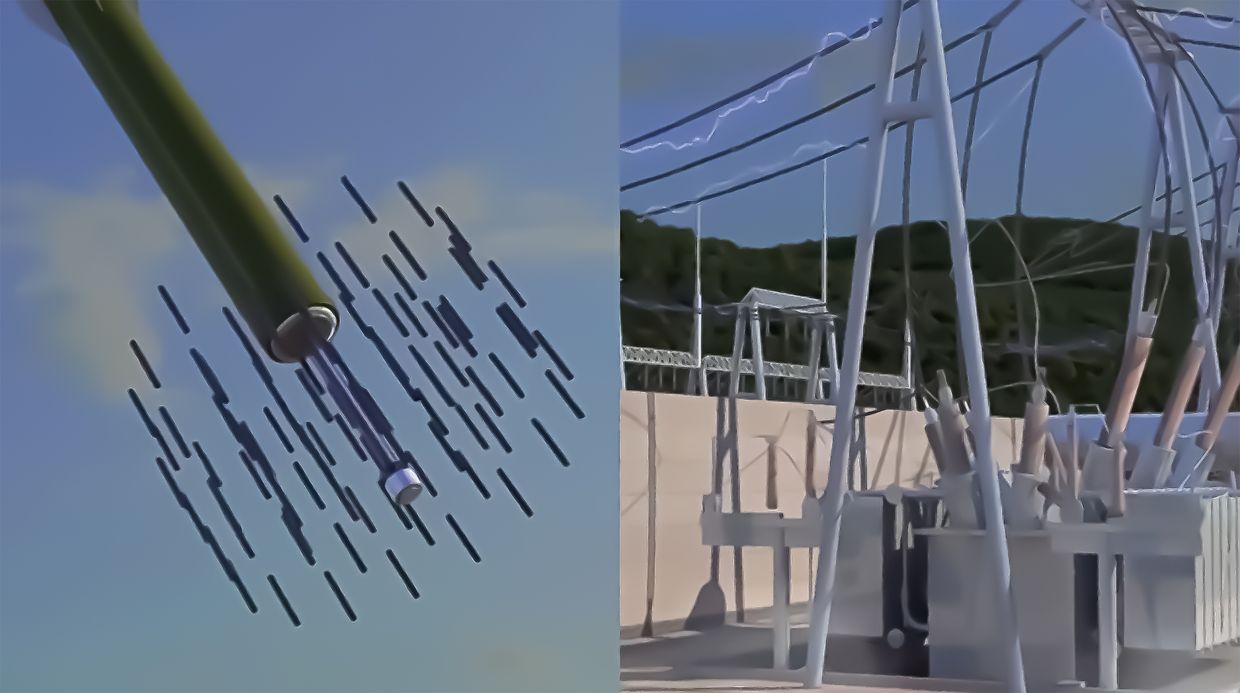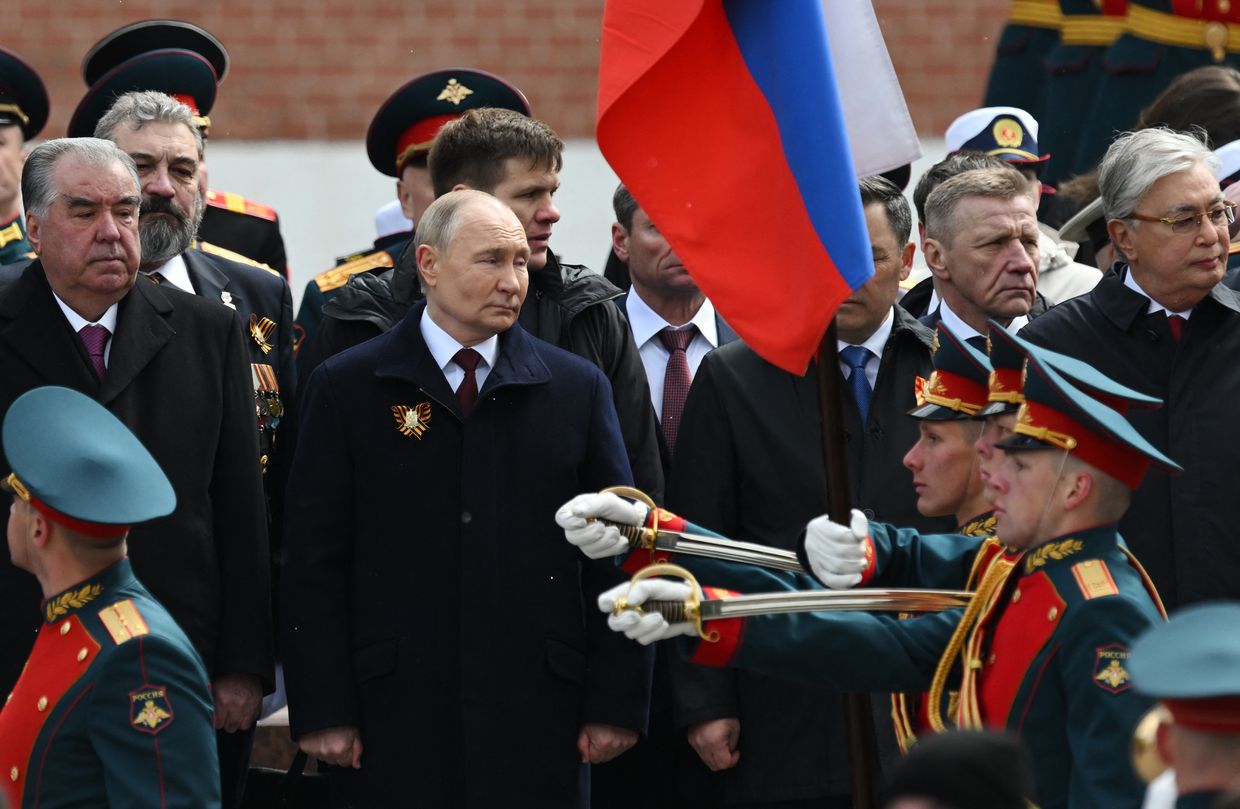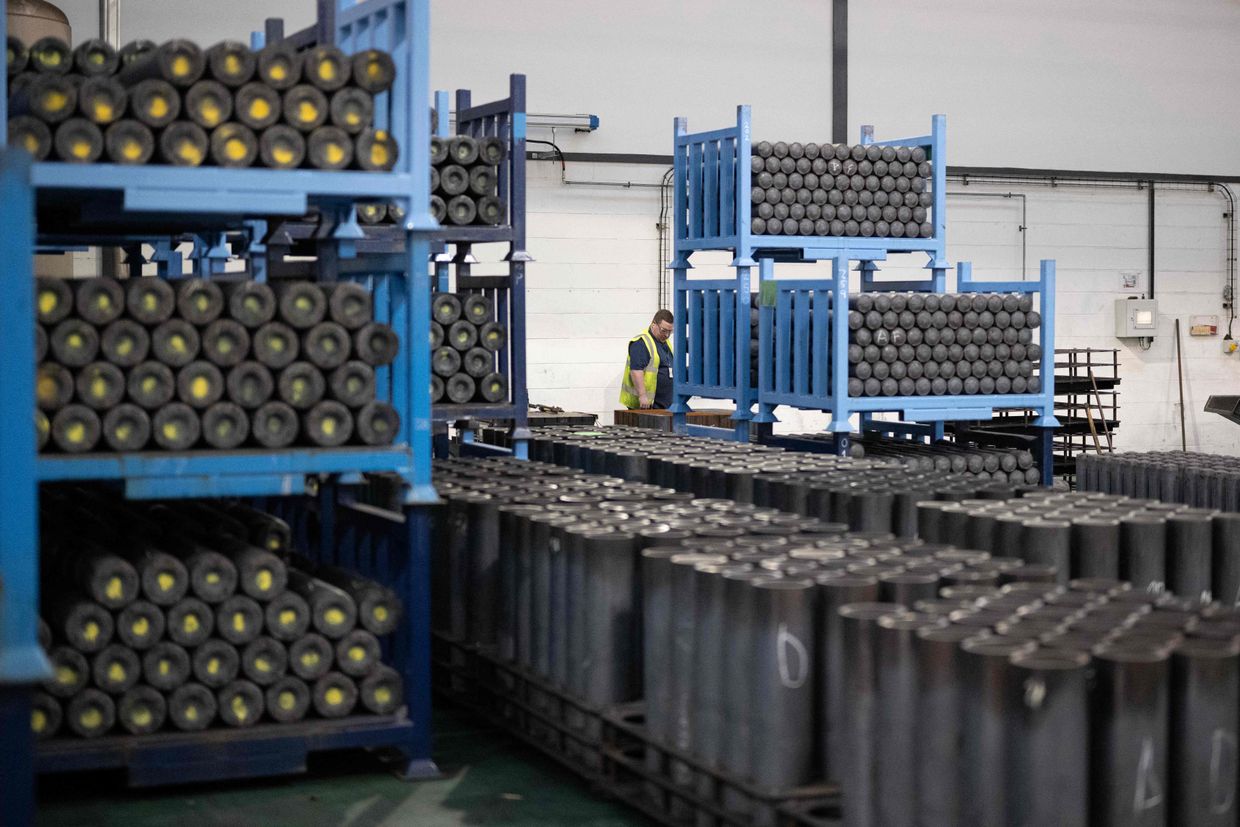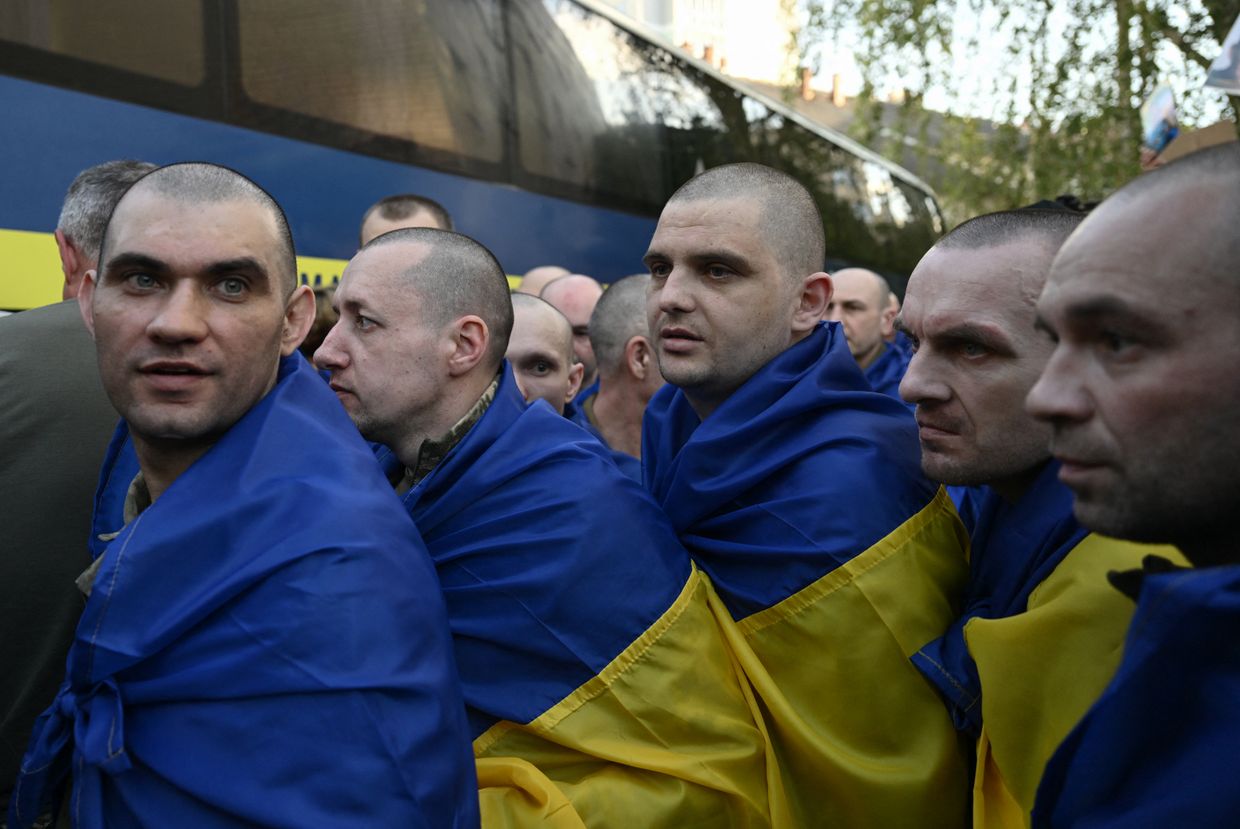The following is the third edition of our new Ukraine Business Roundup weekly newsletter. To get the biggest news in business and tech from Ukraine directly in your inbox, subscribe here.
Fresh attacks
People in Ukraine are bracing themselves. Following the first mass attack on Ukraine’s energy system in six months on Sept. 21, the question on everyone’s mind is if Russia is planning a renewed missile and drone strike campaign aimed at crippling Ukraine's energy network.
Those attacks made the last winter season extremely difficult in the country, leading to frequent blackouts and a lack of heating across the country. At one point after Russia launched around 100 missiles primarily at the energy infrastructure on Nov. 15, 2022, almost half of Ukraine’s energy system was down.
President Volodymyr Zelensky has said that Russia is likely to deploy this strategy again this winter.
The morning wave of Russian attacks on Sept. 21 damaged energy facilities in western and central Ukraine and caused partial blackouts in Rivne, Zhytomyr, Kyiv, Dnipropetrovsk, and Kharkiv oblasts, according to Ukraine’s state energy operator Ukrenergo.
Throughout the attack, Ukraine’s Air Force reported that 36 out of the 43 missiles Russia launched were shot down, killing two and injuring dozens.
Ukrainian officials have stated that the country’s energy infrastructure has been largely repaired and is ready to meet the challenges of the upcoming winter. However, with a continued lack of air defenses in the country, one can imagine that no matter how well-prepared Ukraine is, it may be under-protected.
In an upcoming story for the Kyiv Independent, our reporter Alexander Query will give our readers a detailed account of how ready Ukraine really is and what the country can do to ensure its energy system is once and for all resilient against outside threats.
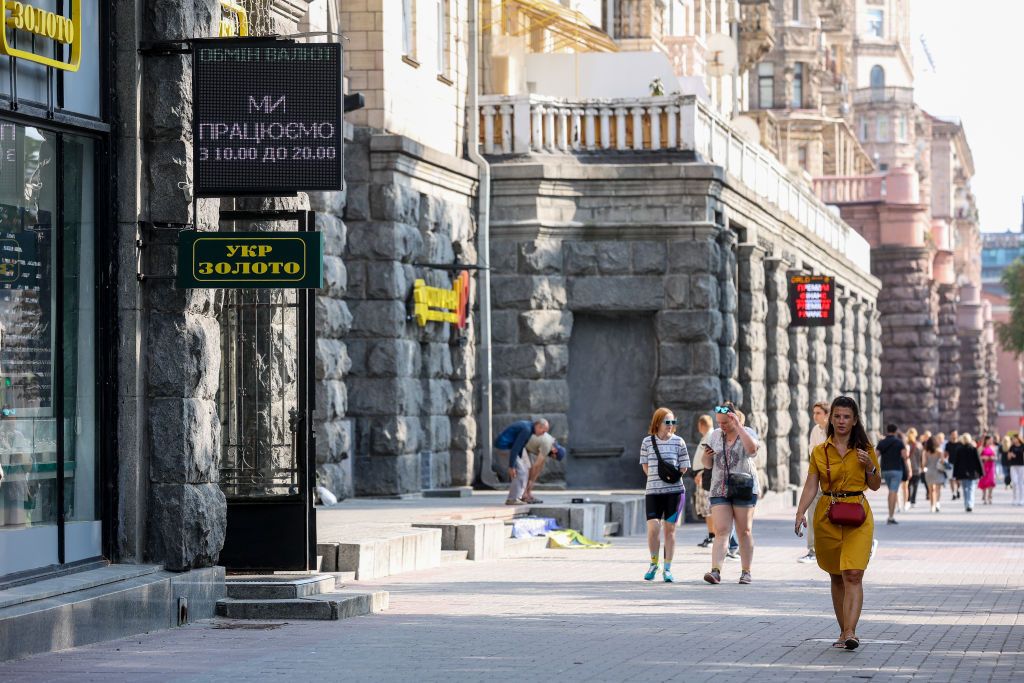
Ukraine gets a boost
Ukraine’s economy is proving to be pretty resilient. The government announced this past week that the gross domestic product had grown 19.5% year-on-year in the second quarter of 2023.
That’s a pretty big deal after a record-high contraction of 37.2% year-on-year was recorded in the second quarter of last year. In total, Ukraine’s GDP declined by a staggering 29.6% in 2022.
The boost is mainly due to an increase in domestic demand as people and businesses grow more used to the war, as well as the government’s response, international trade, and foreign assistance, the Economy Ministry said in a statement.
In short, Ukraine’s economy and people are adapting to wartime conditions despite Russia’s continued aggression and last year’s collapse.
“People are getting used to it,” Olena Bilan, chief economist at Kyiv-based investment bank Dragon Capital told Bloomberg regarding the sharp quarter two GDP growth. “Life goes on and amid the troubles, one wants to enjoy oneself by making a purchase or taking a vacation,” she said.
The Economy Ministry is continuing to look up, increasing its forecast of GDP growth to 4% by the end of 2023, 3.5% in 2024 and 6.8% in 2025.
Others are less ebullient. The NBU revised its forecast in July to 2.9% GDP growth this year, up from 2% previously, but downgraded next year’s estimate by 0.8% to 3.5%. Fitch Ratings predicts GDP growth will amount to 3.5% in 2023 and 4% next year.
Dominic Culverwell contributed to this report.
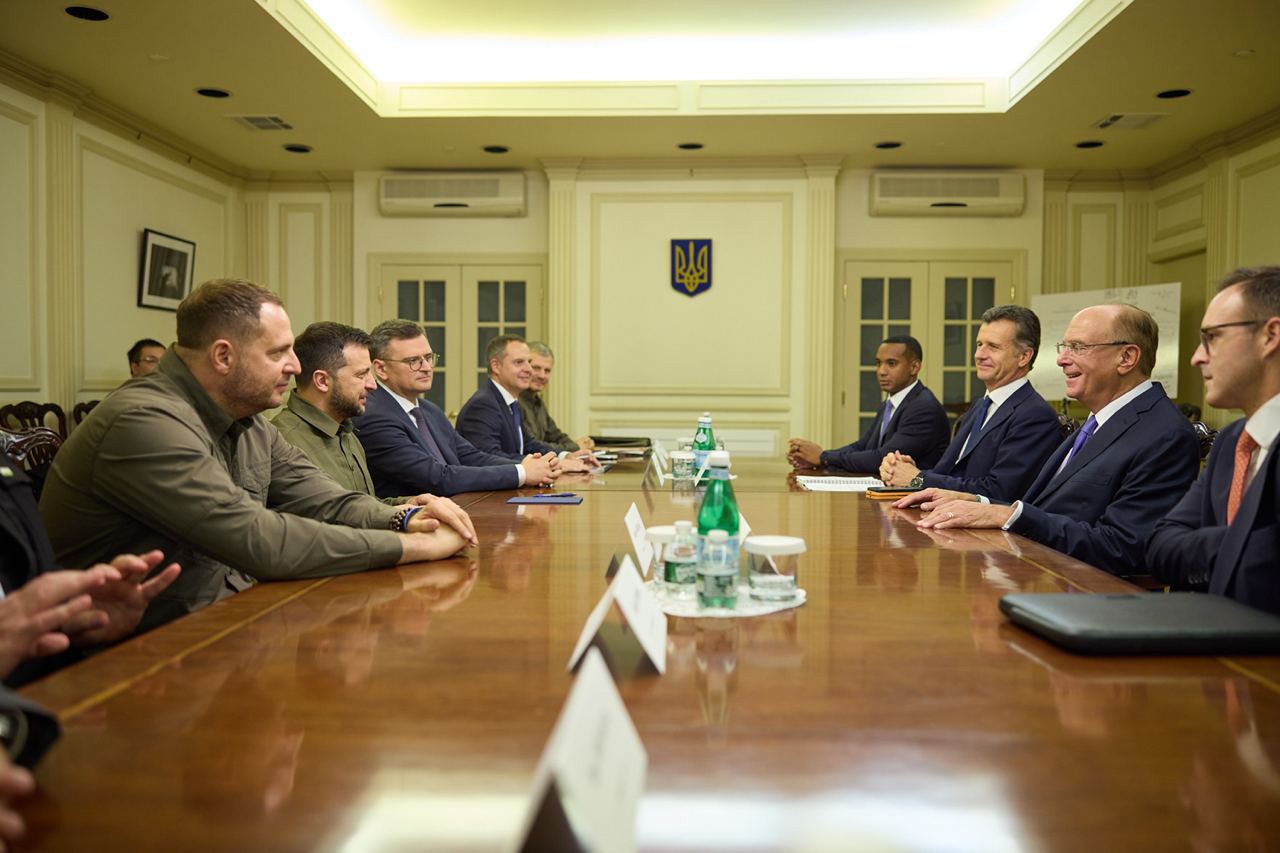
Face time with the big league
During a visit to the United States last week, President Volodymyr Zelensky met with leading American entrepreneurs and financiers in New York to discuss reconstruction efforts and investment opportunities in Ukraine, the president said on his Telegram channel.
The meeting included billionaire Mike Bloomberg, BlackRock CEO Larry Fink, former Google CEO Eric Schmidt, New England Patriots owner Robert Kraft, hedge fund billionaire Bill Ackman, former U.S. Secretary of State Henry Kissinger, billionaire Barry Sternlicht, and others.
The roundtable was hosted by Mary Callahan Erdoes, CEO of JPMorgan Asset & Wealth Management, Workplace CEO Vince LaPadula, and JPMorgan alternative investments boss Anton Pil, CNN reported, citing its sources.
According to the president, the billionaires and CEOs are prepared to invest big in rebuilding Ukraine after the war.
"The American entrepreneurs and financiers confirmed their readiness to make large-scale investments in our country immediately after the end of the war and the receipt of security guarantees," he wrote on Telegram.
"We are working for the victory and reconstruction of Ukraine."
It is unclear, however, what, if any, firm commitments came out of the get-together. What we do know is that foreign investment and the expertise of individuals like the ones Zelensky met with will be crucial not only to rebuilding the country’s economy but also to keep the country going as it continues to fight off Russia.
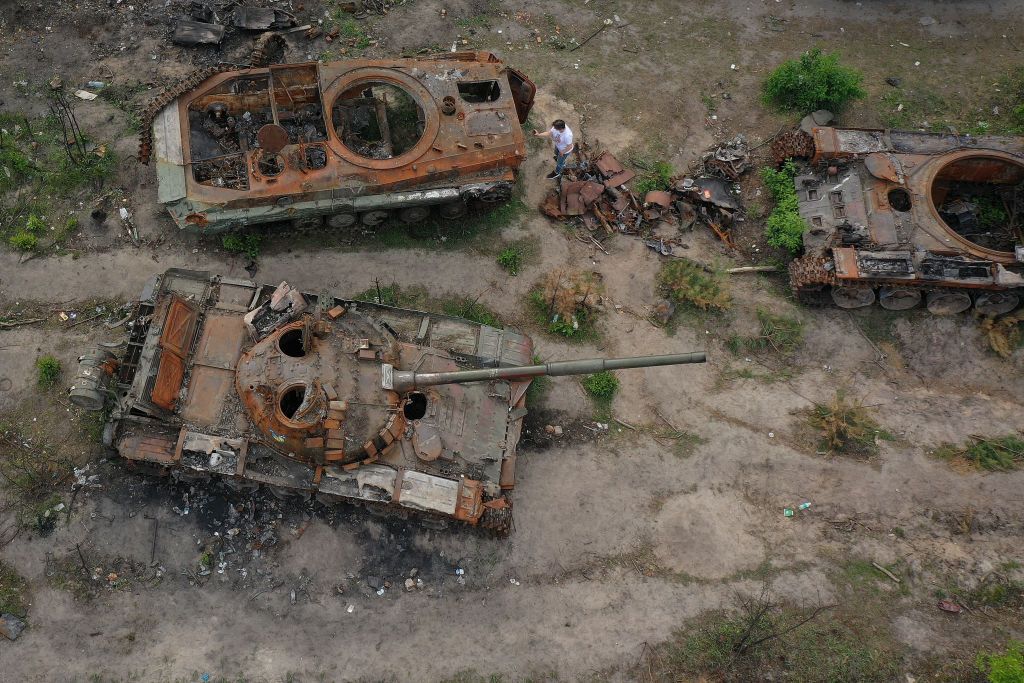
Russia struggling to sell weapons abroad
Russia’s role as a major global arms supplier is under threat, as the war in Ukraine and Western sanctions cut into Russia’s status as a major player in the world’s arms trade, according to a new report from the Center for Strategic and International Studies.
Russia’s arms export industry was already in decline prior to the full-scale invasion due to earlier Western sanctions threatening third countries if they purchased Russian weapons, passed after Russia annexed Crimea.
The decline is also partly due to China and India’s efforts to strengthen their own arms production.
The full-scale invasion of Ukraine and ensuing Western sanctions have worsened this decline by “straining Russia’s defense production capacity, negatively affecting the reputation of Russian arms, and complicating payment options for the Kremlin’s existing customers,” the center found.
“Russia is struggling to meet its arms sales commitment to its partners, calling into question its reliability,” the D.C.-based think tank wrote.
While the researchers believe that Russia will remain a major arms exporter, its position — once second only to the United States in terms of arms exports — is likely to deteriorate, particularly in missile and air defense systems, aircraft, armored vehicles, naval systems, and engines.
The report also cites data from the Stockholm International Peace Research Institute that shows that France had actually surpassed Russia in the years 2021 and 2022 as the world’s second-largest arms exporter. China could also eclipse Russia in the near future, the institute found.
The Kyiv Independent’s investigations desk also recently wrote in its newsletter about an investigation by Novaya Gazeta showing that record numbers of criminal charges against defense contractors for failing to deliver on orders are a sign Western sanctions are working.
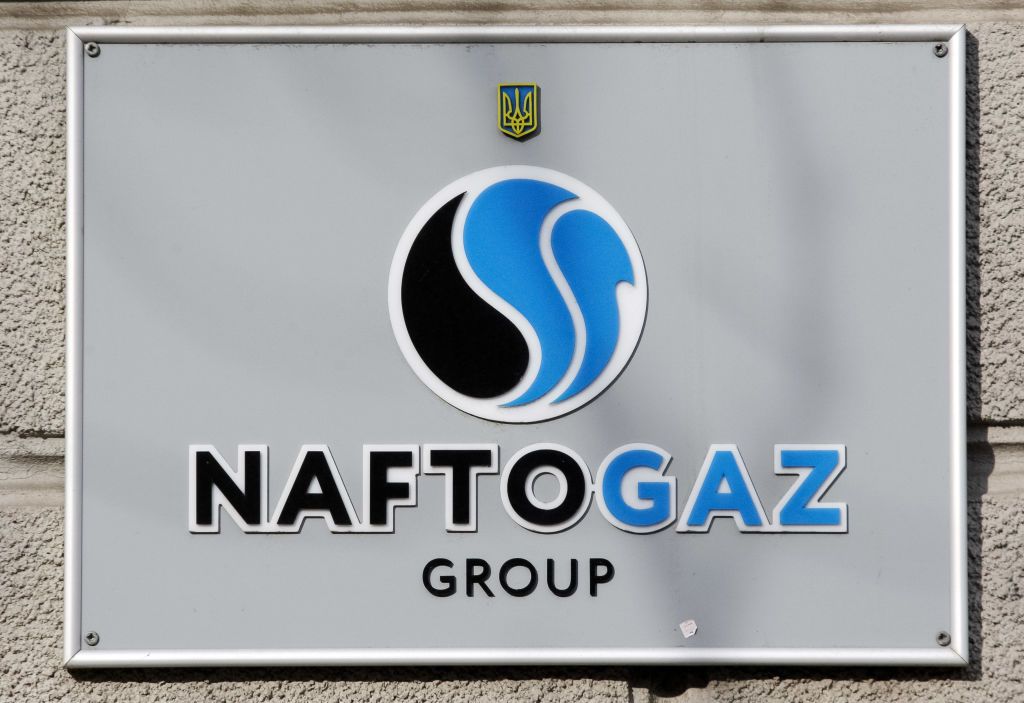
Naftogaz called out
On Sept. 19, Ukraine’s state-owned oil and gas giant Naftogaz reported that it had met its gas storage goals set by Ukraine’s Cabinet of Ministers ahead of schedule. The company said it had built up reserves of 14.7 billion cubic meters in Ukraine's underground storage facilities, the target for Nov. 1.
Earlier, Naftogaz CEO Oleksiy Chernyshov told Kyiv Independent reporter Dominic Culverwell in an interview that the company had hit its end-of-summer target of 14 billion cubic meters of gas reserves needed in storage.
Given fears over the country’s readiness for winter, the news was welcome that Ukraine’s gas storage had reached what Naftogaz said was “sufficient to confidently cover the coming heating season.”
A day later on Sept. 20, Serhiy Makogon, former CEO of the Gas Transmission System Operator of Ukraine (GTSOU), wrote on Facebook, claiming that Naftogaz was manipulating its data.
According to Makogon, the Naftogaz announcement was misleading, as 2.6 billion cubic meters of the 14.7 billion belong to non-resident traders storing gas in Ukraine’s underground facilities.
Those traders have already sold it in advance and will export it back to the EU in December-February. Therefore it was “incorrect” for Naftogaz to include them in the total, Makogon said.
That means there are only about 12.1 billion cubic meters in underground storage facilities that Ukrainian consumers can “theoretically” count on, Makogon said, adding that by “theoretically” he means that these 12.1 billion cubic meters still include private producers, the GTSOU, and other owners’ gas who are not required to supply it to households, district heating companies, or power companies.
The gas volumes that belong to Naftogaz itself are a “state mystery,” Makogon said.
According to Makogon, there is also a significant lag in filling up the storage facilities compared with last year. There were 13 billion cubic meters of gas in storage as of Sept. 1, 2022, and 14.5 billion cubic meters at the end of October 2022, but no non-resident gas among these volumes, he said.
As a result, there are around 1.5 billion cubic meters less available gas in storage than there was in 2022 but Ukraine’s plans for gas usage are higher than last year, Makogon said.
Last year, Prime Minister Denys Shmyhal and former CEO of Naftogaz Yuriy Vitrenko came into conflict with one another, one reason being the amount of gas needed in storage before the start of winter. Vitrenko resigned in November 2022 following irreconcilable differences with Shmyhal, Ekonomichna Pravda reported.
What else is happening
US to provide up to $522 million to strengthen resilience of Ukraine's energy system. Ukraine and the U.S. signed a memorandum of understanding under which Kyiv will receive $422 million in new energy assistance and another $100 million if some energy sector reforms are adopted, the U.S. embassy in Ukraine said.
Kolomoisky to stay in custody as court rejects house arrest appeal. The Kyiv Court of Appeals refused to change oligarch Ihor Kolomoisky's detention measure to house arrest and upheld a bail of Hr 3.8 billion ($105 million).
Financial Times: Russia avoids G7 price cap on most oil exports. Russia is becoming increasingly less reliant on Western services to ship its oil, allowing it to successfully avoid the $60-per-barrel price cap set by the Group of Seven (G7), the Financial Times reported on Sept. 25.
Poland prepares transit corridors for Ukrainian grain. Poland has prepared transit corridors for Ukrainian grain to pass through and be "exported to where it is needed," Polish President Andrzej Duda said on Sept. 24. Poland, along with Hungary and Slovakia, earlier extended bans on the domestic sale of Ukrainian grain, causing fears over Ukraine’s ability to move agricultural products through those countries.
Shmyhal, Pritzker hold first meeting online. Prime Minister Denys Shmyhal and the first U.S. Special Representative for Economic Recovery in Ukraine Penny Pritzker had their first online meeting on Sept. 23 to discuss energy, demining, housing restoration, critical infrastructure, and the economy.
Second ship carrying grain leaves Ukrainian port. The Aroyat vessel left the Black Sea port of Chornomorsk on Sept. 22 carrying around 18,000 tons of wheat slated for Egypt, Ukraine’s Infrastructure Minister Oleksandr Kubrakov posted on X, formerly known as Twitter.






